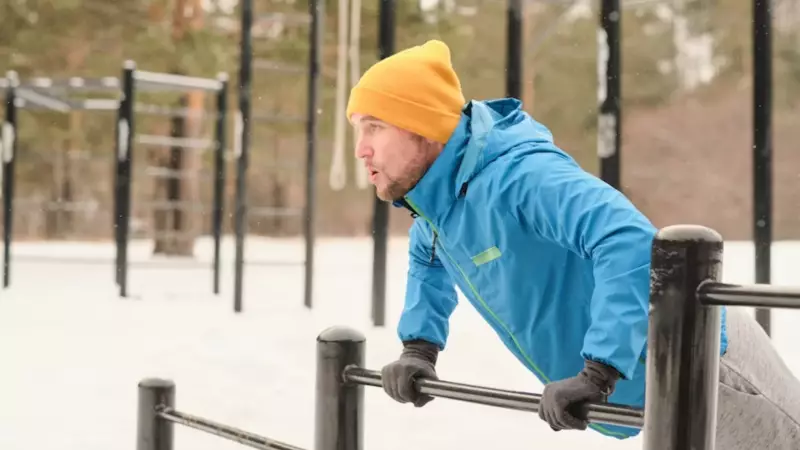
As the winter chill sets in, many runners find their motivation dipping along with the temperature. The cozy comfort of indoors becomes increasingly tempting, making it challenging to maintain a consistent running routine. However, with the right approach, you can not only continue running through the colder months but actually enjoy it!
Embrace the Layering Principle
Dressing appropriately is crucial for winter running success. Instead of one heavy jacket, opt for multiple thin layers that trap warm air between them. Start with a moisture-wicking base layer to keep sweat away from your skin, add an insulating middle layer for warmth, and finish with a windproof and waterproof outer shell. This system allows you to remove layers as your body heats up during your run.
Don't Skip Your Warm-Up
Cold muscles are more prone to injuries, making proper warm-ups non-negotiable during winter. Spend 5-10 minutes doing dynamic stretches indoors before heading out. Leg swings, high knees, and butt kicks will increase blood flow to your muscles and prepare your body for the workout ahead, reducing your risk of strains and sprains.
Visibility is Safety
With shorter days and limited daylight, visibility becomes a major concern for winter runners. Invest in reflective gear, wear a headlamp or blinking lights, and choose light-colored clothing. Assume that drivers cannot see you, and always run facing traffic when on roads without sidewalks.
Protect Your Extremities
Your body prioritizes keeping your core warm, often at the expense of your hands, feet, and ears. Wear gloves or mittens, thermal socks, and a headband or hat to prevent heat loss. On particularly cold days, consider wearing a neck gaiter or balaclava to protect your face and lungs from the harsh air.
Adjust Your Expectations and Terrain
Winter running often means slower paces and different terrain considerations. Ice and snow require shorter strides and more attention to footing. Consider switching to trails with better traction or treadmill running on particularly hazardous days. Remember that maintaining consistency is more important than hitting personal bests during these challenging months.
Find Your Motivation Tribe
Accountability can make all the difference when your bed feels warmer than the outdoors. Join a winter running group, find a dedicated running partner, or sign up for a spring race that requires winter training. Having external motivation can provide that extra push needed to get out the door when temperatures drop.
Winter running presents unique challenges, but it also offers special rewards—the crisp air, fewer crowds, and the incredible feeling of accomplishment after braving the elements. By implementing these strategies, you'll not only maintain your fitness through the colder months but might even discover a new appreciation for running in all seasons.





